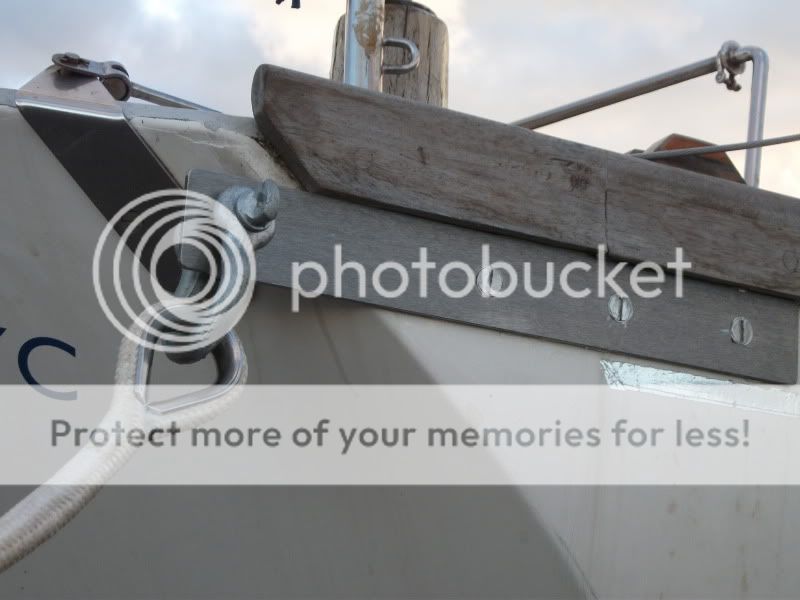LASSALLE
New member
Good afternoon;
I know the most of you are many experiences on the high sea.
I look for some testimonies about the use of Jordan Series Drogue.
Thank you for your memories.
friendly;
JJ
I know the most of you are many experiences on the high sea.
I look for some testimonies about the use of Jordan Series Drogue.
Thank you for your memories.
friendly;
JJ

